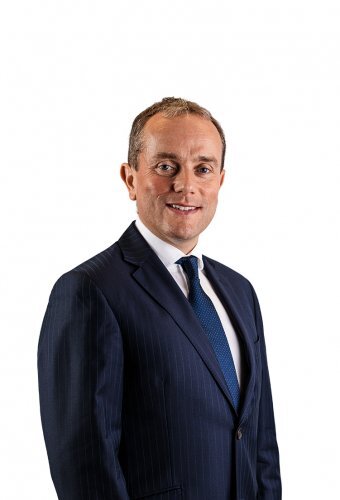With any investment, the aim is to buy low and sell high. As such, it makes sense to try and identify when markets are cheap to determine the best time to buy and expensive for when to sell.
Unfortunately, human psychology and the powerful emotions of fear and greed can often undermine attempts to time markets and dull an objective approach. Typically, when market volatility is very high and uncertainty is everywhere, as in March 2020 with the coronavirus pandemic, the natural human reaction was to want to sell investments (or not add to holdings), just at the bottom of the market. Conversely, when markets have enjoyed a strong run and euphoria is abundant, few investors wish to sell investments and potentially miss out on further gains.
Market timing is made more difficult still by the huge unpredictability of markets. There are countless variables influencing whether markets rise or fall. Recent examples would include President Trump’s election or Brexit – most people when asked did not expect either event to happen; moreover, most people thought that if they did happen markets would fall, in fact markets rallied within a short time of both events.
As a keen driver I like analogies involving cars. When I meet with clients they are often reassured if I can show them a graph with an upward sloping line indicating profit for investment. However, I am keen to explain to clients that they would be investing now at the top of graph, so would have missed out on the historical growth, akin to driving by looking in the rear-view mirror only and not out of the windscreen looking forward into the future. Indeed, such a chart says nothing of current market valuations or economic outlook and past performance is not a guide to the future.
In fact, a downward sloping graph could potentially give greater comfort that any investment is being made at a market low point; of course, it is important to avoid catching the proverbial ‘falling knife’, as investment valuations can always become cheaper before rallying.
In short, my advice is invariably to allocate money sensibly and prudently between cash for short-term spending and to cover any potential contingencies, but then to set aside the rest for medium/longer-term growth investment. This means that such patient investment money can be left to grow irrespective of world events and benefit from the powerful effects of compounding over time.
